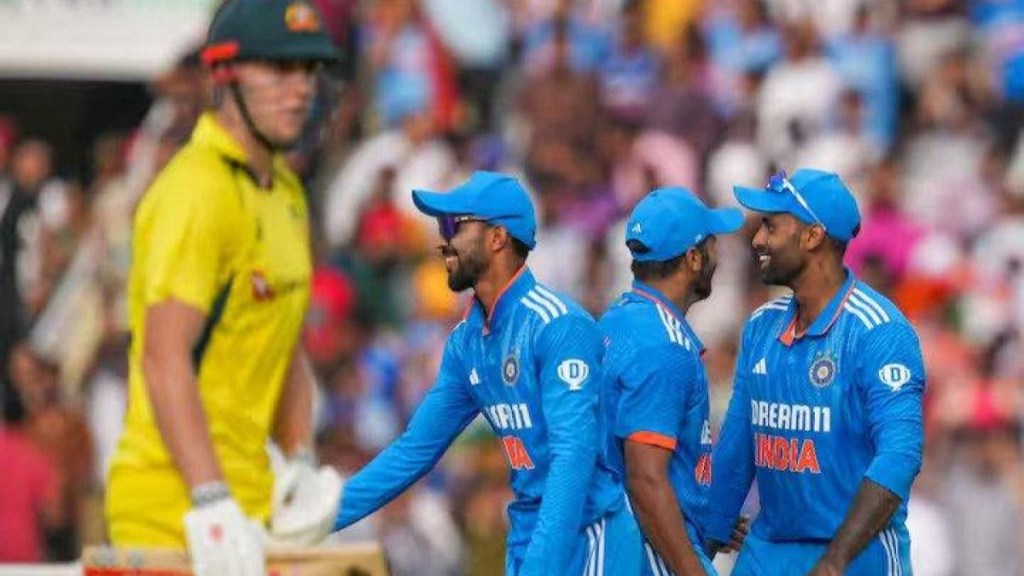What makes high-quality cinema different from a routine potboiler? Why is one analysed as an elite art form while the other is considered just a means of entertainment, that, too, often of dubious nature?
It’s probably got to do with the nuance and subtlety involved, which demands more of the practitioners as well as those who watch it. They need to be more observant, aware, and intelligent to appreciate what they see on the screen.
The difference between a 50-over ODI and a T20 can be explained on similar lines. While the latter is a one-tempo game and provides a sensory overload, the longer white-ball format has several layers and stages in it, with teams and individual players required to don different roles and showcase different facets and skills.
The attention-deficit era we are living in and the rush for quick gratification have been cited as reasons responsible for the perceived diminishing popularity of the ODI. It requires more investment from the viewer in terms of time as well as emotions. But if indeed the format is on borrowed time, the game would be left poorer by its demise because a good ODI is more than just ready-made entertainment. It provides a better and fairer sporting contest than a T20 fixture. On the evidence of the ongoing World Cup, where else can one find a score of 388 almost successfully chased and on the same day, 229 being defended by a mile? South Africa’s nerve-racking one-wicket win over Pakistan when two tail-enders took them home, was another example of the excitement and tension the format can generate.
Nuance to the game
The 50-over game generally requires top-order batters to make use of the initial field restrictions, but they may be required to play more sedately if conditions and the bowling attack are testing. There is no scope of such choice in T20s, with pitches almost always heavily biased towards batters.
Then comes the stage that is derisively called the ‘boring middle overs’ where the batting team consolidates its position by rotating the strike, hitting the odd boundary, and maintaining the scoring rate at an acceptable level. It’s said to be one of the reasons for the format being in trouble and what prompted the advent of T20 cricket. But batting in the middle overs isn’t as easy a skill as it sounds, otherwise so many teams would not falter in this phase, even after a good start, to the extent that they struggle to bat their full overs. All said and done, 50 overs is a long time and teams sometimes struggle to bat that long even in Test cricket if the bowlers get on top.
The final overs – also called the ‘slog overs’ – is the only phase that can be compared to a T20 game, but there needs to be wickets in hand to take full toll.
Even on the bowling front, there is a need to employ Test match lines and lengths along with the variations, changes of pace, yorkers, and bouncers to be successful. An ODI tests the mental, physical, tactical, and psychological faculties of a cricketer over a period of 100 overs in a day in a way that the 20-over game can’t.
Hence, barring exceptions, the better team comes out on top. If a smaller cricketing nation prevails over an established one, as has been the case in a few games of the ongoing World Cup, it’s a more credible achievement than if it would have been in T20 cricket.
This is what makes ODIs richer and more complex than a one-pace T20 can ever be. As far as the big-hitting and run-fests, the perceived USP of the latter is concerned with frequent scores around and beyond 400 in ODIs these days, even that box is now ticked.
Timeless classics
And as with cinema, what is the test of greatness? Timelessness: the quality of being an enriching and moving experience – finding new layers and details to appreciate as many times one watches it – regardless of the time that may have elapsed since the film was made. That’s what makes Citizen Kane, Rashomon, The Godfather, Pulp Fiction, 2001: A Space Odyssey, Guide, Pyaasa, and Pather Panchali such enduring classics.
Likewise, great sporting contests have the ability to give goosebumps even while watching reruns or highlights, a feeling that T20 cricket can’t quite evoke, as two matches in that format are often indistinguishable from each other. Come to think of it, can any T20 game ever come close to the two all-time 50-over World Cup classics: the 1999 tied semifinal between Australia and South Africa and the 2019 final (also technically a tie) between England and New Zealand.
There are also financial reasons for continuing with the ODI format. Cricket allows an ad break after every over, and there are potentially 100 such opportunities if a match goes the distance. The 50-over World Cup is the biggest cash cow that the International Cricket Council (ICC) possesses. The rule-framers and schedule-makers need to focus on making the format a balanced one being bat and ball, and ensuring context so that every game means something.
It’s said that one doesn’t appreciate a good thing unless it’s gone, when it starts to be missed. Legends like Viv Richards, Sachin Tendulkar, Virat Kohli, Kapil Dev, Ricky Ponting, Adam Gilchrist, and Glenn McGrath have shone in the ODI format and given it credibility. It’s worth persevering with and celebrating.
